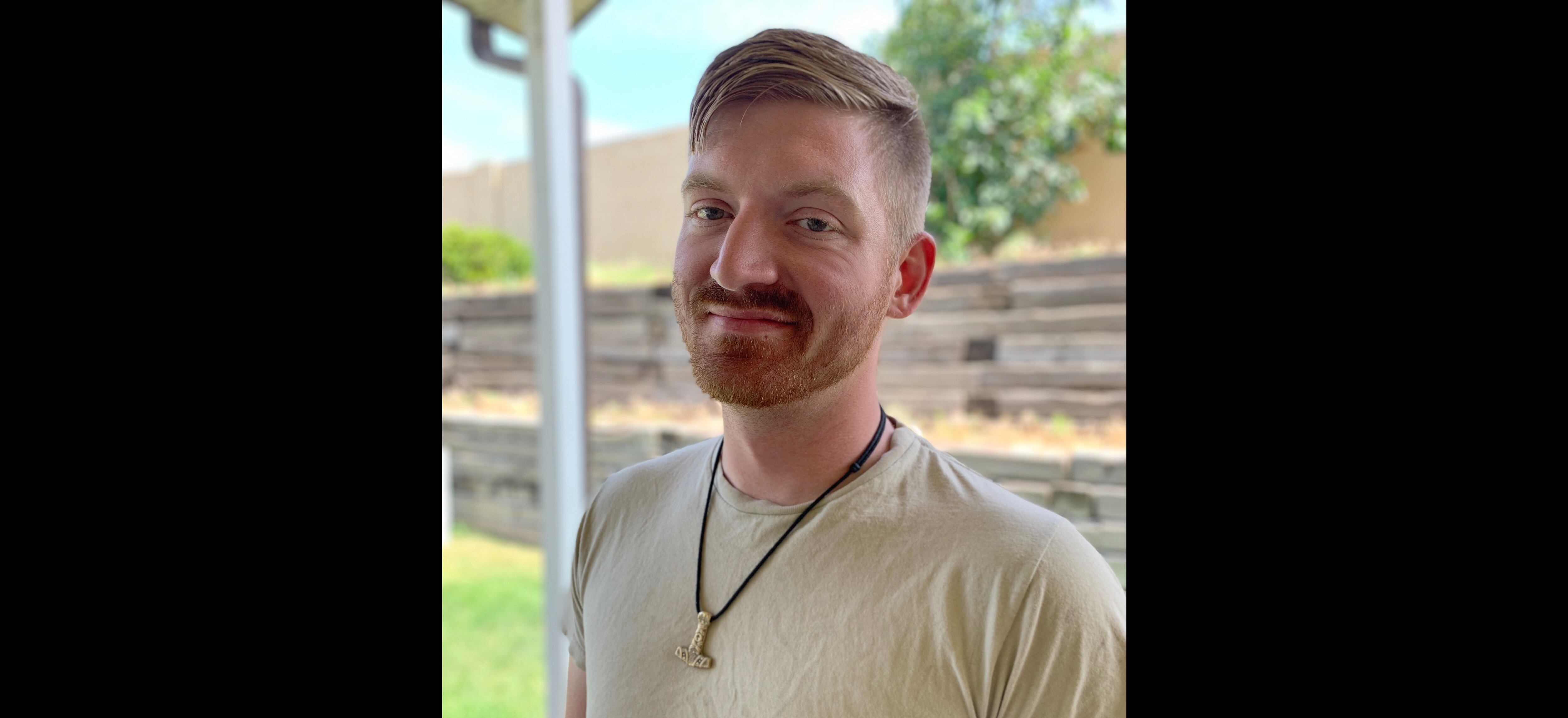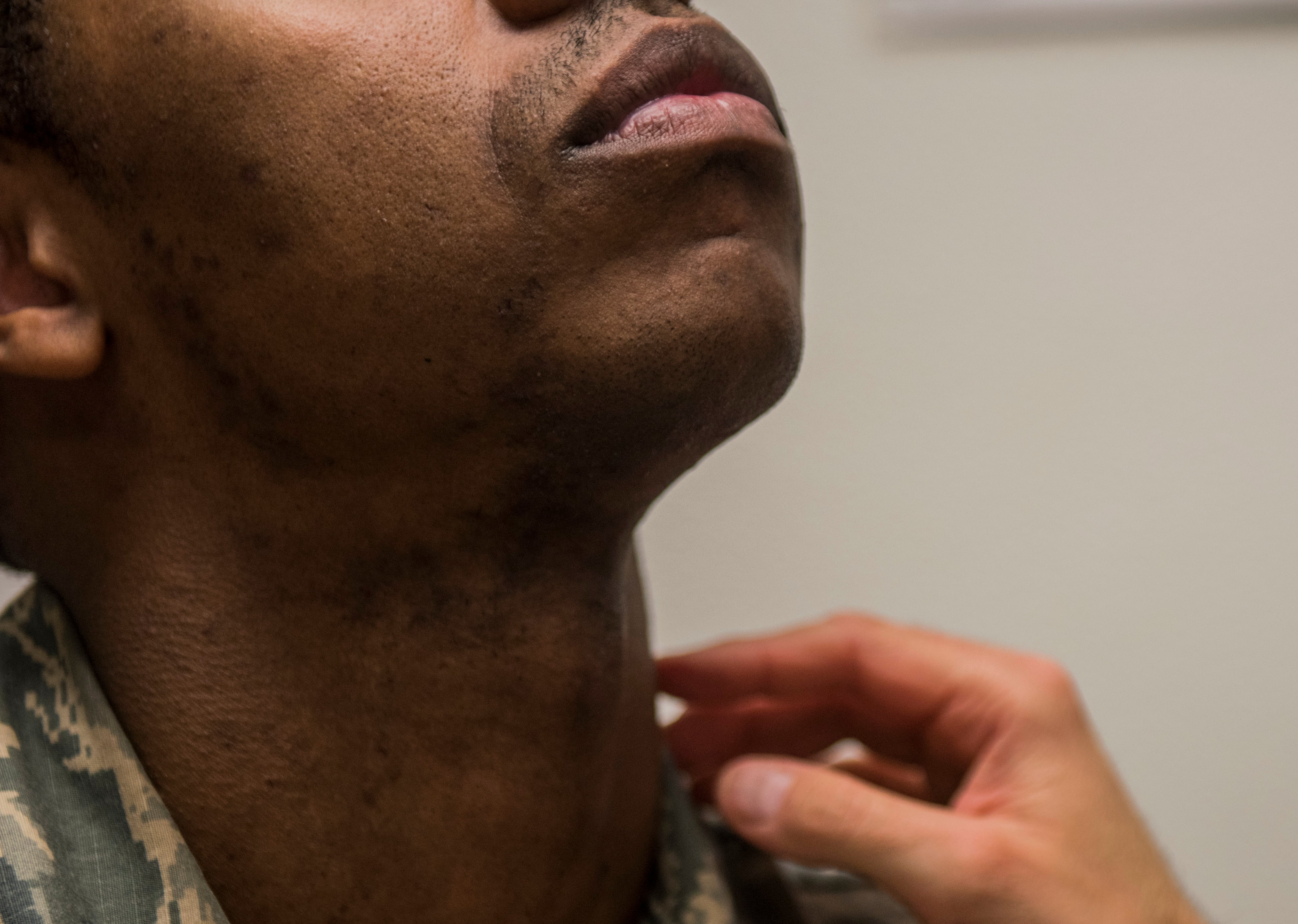The Air Force Surgeon General has approved five-year waivers allowing male airmen with a medical condition causing painful ingrown hairs to grow beards, the service said Tuesday.
In a June 18 memo, Surgeon General Lt. Gen. Dorothy Hogg authorized the longer shaving waivers for airmen with pseudofolliculitis barbae, or razor bumps, effective immediately. Previously, these airmen needed to get their waivers updated annually.
This condition, which the American Osteopathic College of Dermatology says affects up to 60 percent of Black men, occurs when curved facial hairs grow back into the skin. This causes inflammation and a foreign body reaction, and over time, can result in scarring. Shaving sharpens the edges of facial hair and makes the condition worse, the college said, and shaving less frequently or allowing the beard to grow helps.
The waivers remain in effect even when the airman is deployed or has a permanent change-of-station move, the Air Force said in the release.
RELATED

The standards for growing a beard for medical reasons remain unchanged, the Air Force said. The facial hair cannot exceed one-quarter of an inch, must be grown out naturally and cannot be shaped or styled. Airmen’s facial hair also cannot interfere with the wear of personal protective equipment such as gas masks, the Air Force said, and airmen must be able to continue to perform their duties.
The Air Force plans to update its Air Force Instruction regulations governing dress and personal appearance and medical care management to reflect this change.
The Air Force in recent years has begun granting waivers to allow airmen — including airmen of the Muslim, Sikh and Norse Heathen or pagan faiths — to grow beards for religious reasons. And in February, the Air Force officially updated its regulations to formally allow airmen to request religious beard waivers.
Stephen Losey is the air warfare reporter for Defense News. He previously covered leadership and personnel issues at Air Force Times, and the Pentagon, special operations and air warfare at Military.com. He has traveled to the Middle East to cover U.S. Air Force operations.





